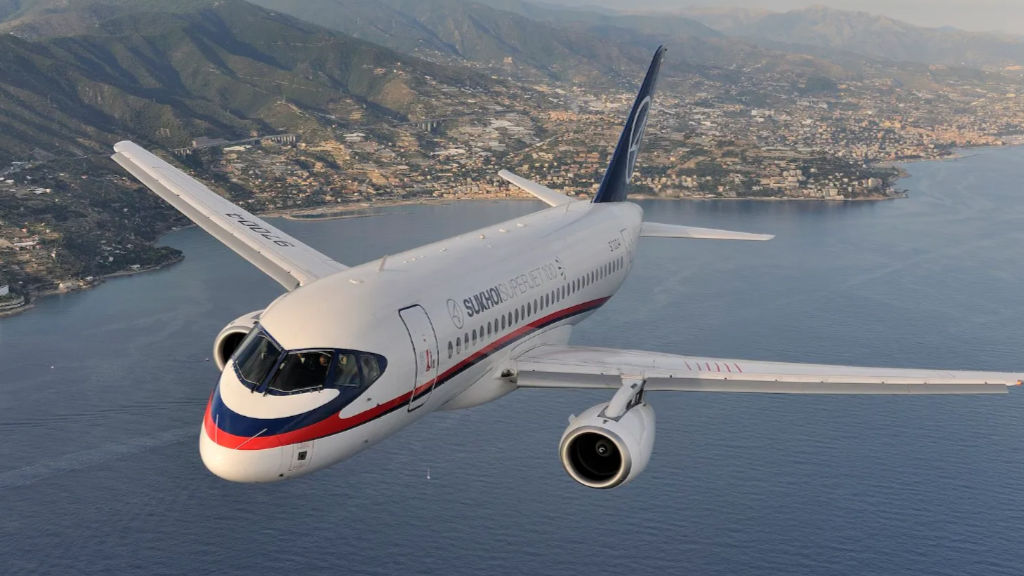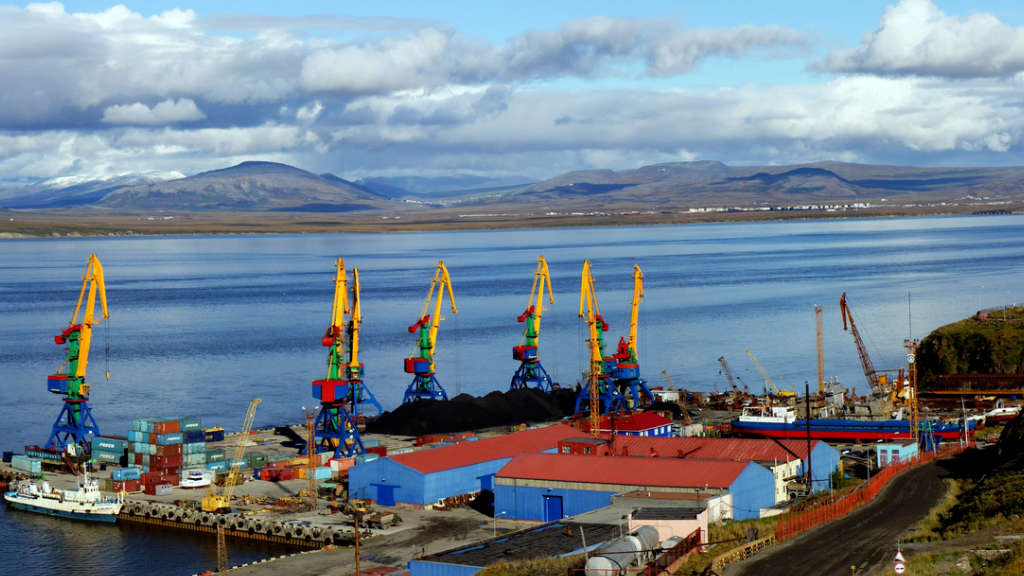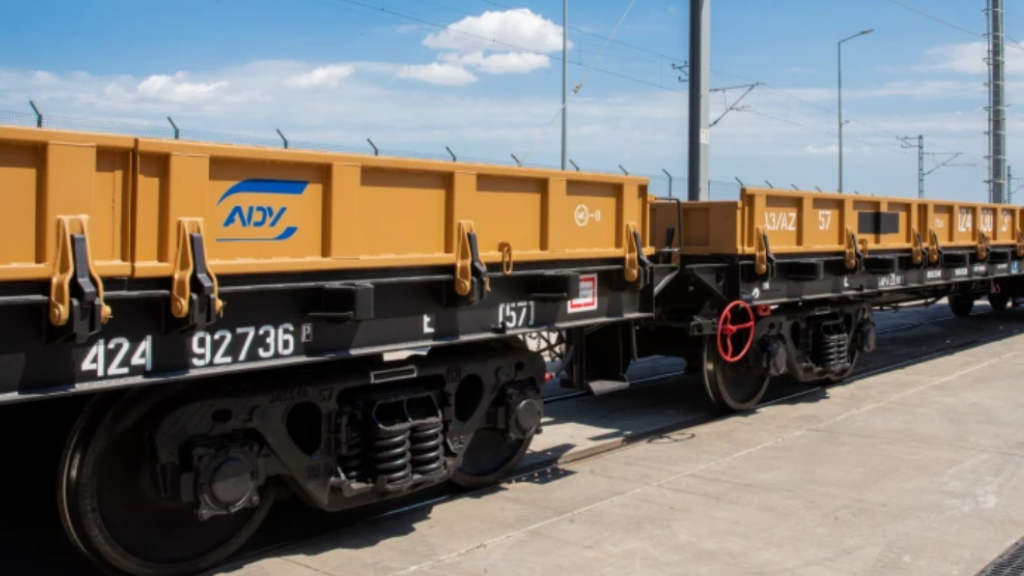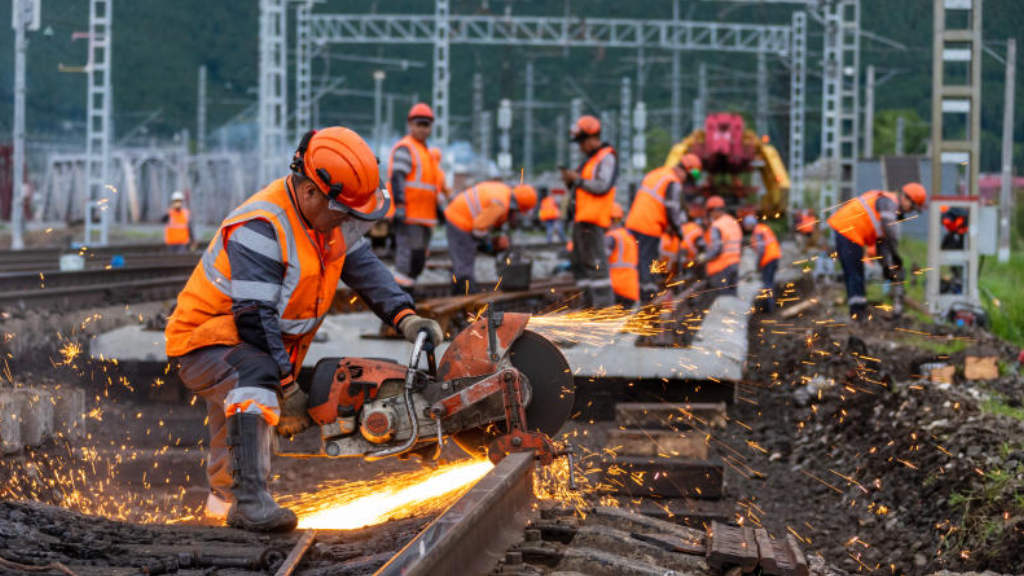As we discussed yesterday, Russian President Vladimir Putin has signed a decree on Russia’s National Development Goals to 2030. This includes increasing the share of domestically produced aircraft in Russian airline fleets to at least 50%.
“To set the following targets and tasks – Increasing the aviation mobility of the population by at least 50% by 2030 compared to 2023, while ensuring that the share of domestically manufactured aircraft in the fleet of Russian air carriers is at least 50% by 2030” according to the decree published on the Kremlin’s website.
According to Russia’s program for developing air transport, the share of aircraft operated by Russian airlines produced in Russia or the former USSR was 32.9% as at April 2022. Foreign jet airliners respectively accounted for 67.1%, while providing around 95% of the total aviation passenger turnover.
According to Reuters, as of May 2023, Russian carriers had 541 Western planes in active service or under maintenance. The Aeroflot passenger fleet alone consists of 178 airplanes, 119 Airbus and 59 Boeing planes, including the Airbus A320, the Airbus A330, the Airbus A350, the Boeing 737, and the Boeing 777. That US and EU aircraft fleet will not be replaced with the same, meaning Airbus in particular lose a major global client.
Russia is the world’s third largest aviation market after the United States and China, and carried 96.85 million passengers in 2021.
The new program stipulates that the share of domestic aircraft must exceed 50%, rising immediately to 57.8% in 2027, and the target is 81.8% by 2030. It is another example of Western sanctions stimulating Russia’s domestic manufacturing industry at the expense of Western products and to the benefit of the Russian domestic technology and manufacturing industries.
Russia’s Rostec SOE have announced the calendar in supplying flagship projects for the Russian domestic aviation industry, namely the MC-21, the Sukhoi SuperJet, and the Il-114-300, each with an expected market entry in 2025-2026.
Russia has also been jointly developing and investing in civilian passenger aircraft with China to compete with Boeing and Airbus. The Comac-C-929 is scheduled for entering service by 2030.





